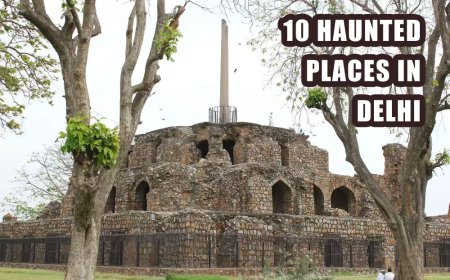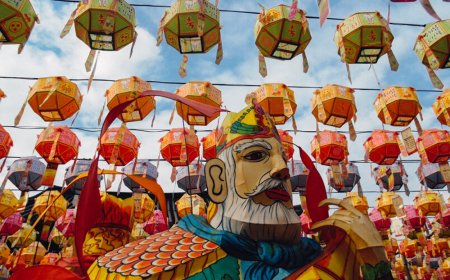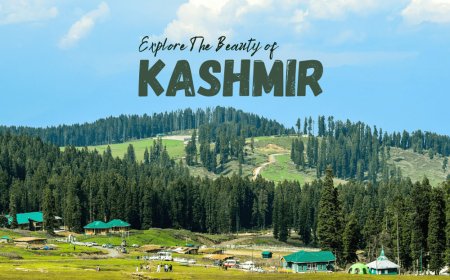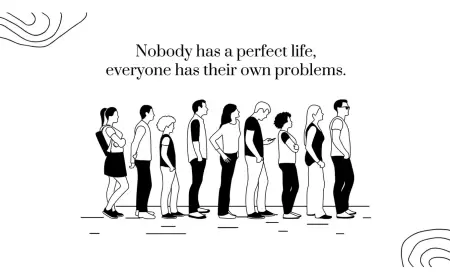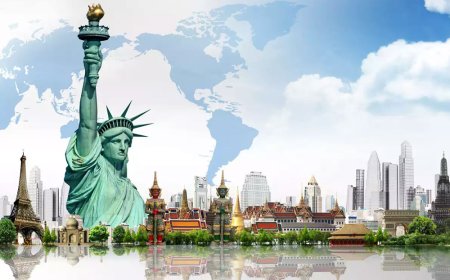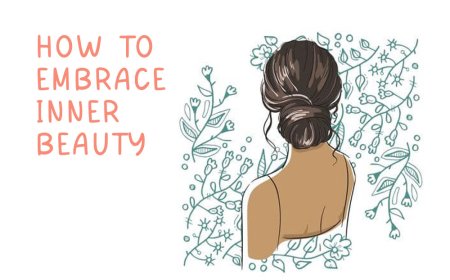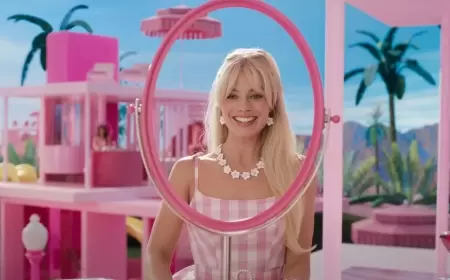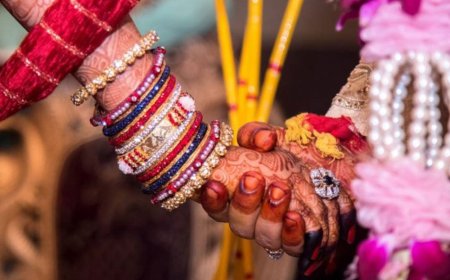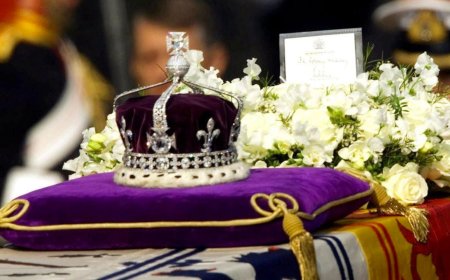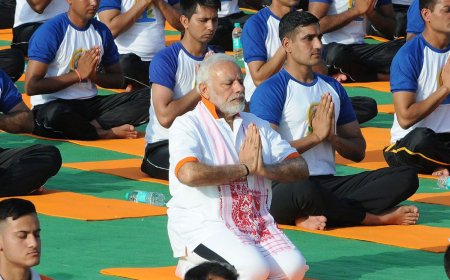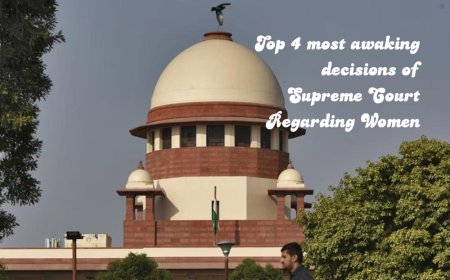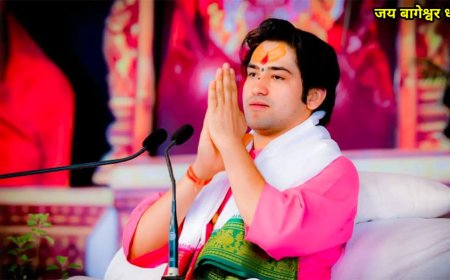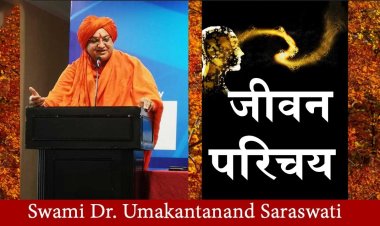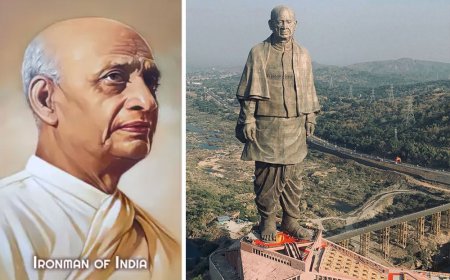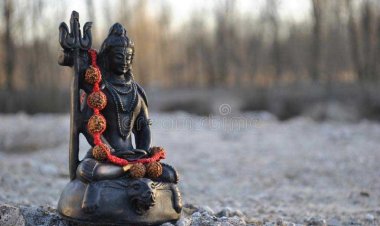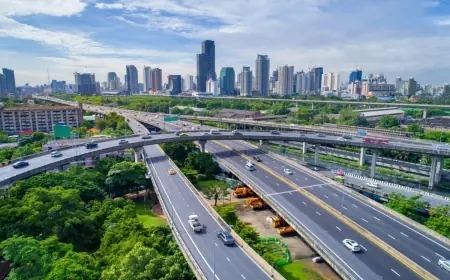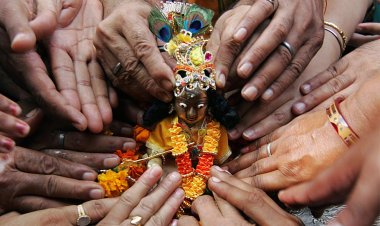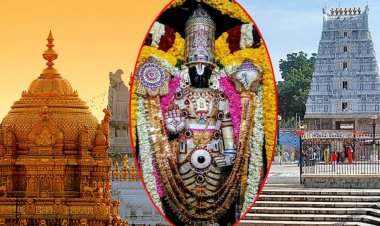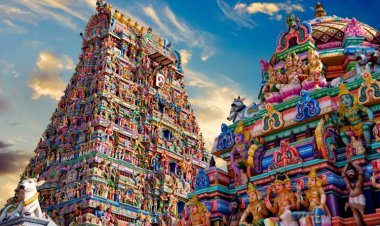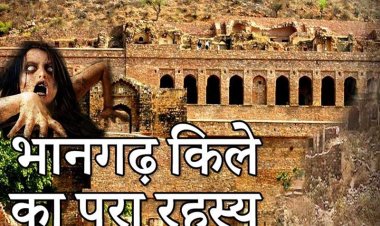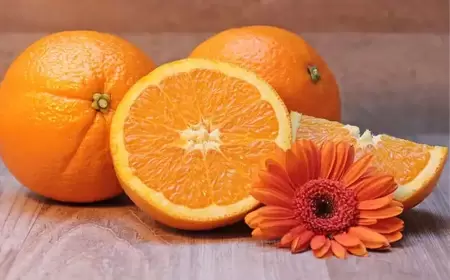Stories About The Taj Mahal: A Myth or A Fact?
Standing amongst the Seven Wonders of the World, the Taj Mahal is an emblem of pride for India and is also a fascination for scholars, builders, and the general public. Over the years, numerous individuals have put forth numerous tales and Taj Mahal realities. While most of them did not succeed, they undoubtedly gave birth to many stories, enveloping the white wonder in a shroud of mystery that will most likely last a lifetime. In this article, let us break down the stories and understand whether they are a fact or a myth.

The Taj Mahal is a beautiful piece of architecture and artistry. However, there are many details about this magnificent structure that we are ignorant of. While some of them are true, others are nothing more than tales. We shall investigate these facts to see if they are true or if they are just urban myths.
1. The main hall roof of the Taj Mahal has a rupture in it.
Taj Mahal Main Hall
Even though we would all like to think of the Taj Mahal as a perfect marvel, it probably isn't. There is a tiny hole perpendicularly above Mumtaj Mahal's tombstone in the main chamber of the Taj Mahal's roof.
After learning of Shah Jahan's intention to amputate all the craftsmen once the building was finished, it is said that one of the artisans purposefully left the opening to create a flaw and undermine his goal of making the structure flawless.
Fact or Myth
This does not seem to be the case, even though it is widely held and extremely intriguing. The story's inspiration is allegedly a letter from Shah Jahan's time, as well as the reality that water occasionally drips from the roof, especially when it rains. However, many science experts claim that this is caused by breathing and sweating. This tale is still a myth as of right now.
2. The minarets of the Taj Mahal are not parallel.
Minarets of the Taj Mahal
If you have ever been to the Taj Mahal and have closely examined the entire structure, you may have observed that the four minarets on the Taj Mahal's four corners are not exactly perpendicular to one another. To safeguard the Taj after a natural disaster like an earthquake, these minarets were constructed with their tilts outward. In such a situation, the minarets will collapse outside, saving the main structure.
Fact or Myth
Anyone exploring the Taj Mahal may witness this for himself; it is a proven reality. The statement is accurate.
3. There is a grand inlay in the Taj Mahal's interior.
Inlay of the Taj Mahal
Observe the magnificent inlay work within the Taj Mahal by taking a tour if you haven't already. These were created utilizing a variety of rare, expensive, and semi-precious stones that were imported from Sri Lanka, China, and other countries as well as from all across India.
The Taj Mahal is a veritable gold mine! The Taj was also not spared by the British. It was often robbed for these priceless stones, and repair work didn't start until the late 19th century.
Fact or Myth
This is a truth, and the elaborate patterns made with the stones are still visible today.
4. The artisans who created the Taj Mahal were amputated
The several artists that contributed to the Taj Mahal's unparalleled architecture
One of the most widely accepted and retold tales concerning the Taj Mahal is that Shah Jahan gave the order for the artists' hands to be amputated after the Taj Mahal was complete. He allegedly did this to stop them from building another structure that was as stunning, imposing, and perfect as the Taj Mahal.
Fact or Myth
Even though a sizable portion of the populace accepts the tale, this one looks to be a total fabrication. After the Taj Mahal was finished, Shah Jahan gave the craftsmen new jobs, therefore it is fair to presume that their hands were unharmed. Furthermore, the claim is not supported by any additional evidence. As a result, the amputation myth is untrue.
5. The Taj Mahal outshines the Qutub Minar.
One of the world's seven wonders
Contrary to popular belief, the Taj Mahal is higher than the Qutub Minar. The Taj is around 5 feet taller than the Qutub, despite search results showing that they are both 73 meters (240 feet) tall.
Fact or Myth
This has been independently verified as true, and the Taj Mahal is taller than the Qutub Minar.
6. There was going to be a black twin for the Taj Mahal.
Black Twin Idea for the Taj Mahal
It is commonly accepted that Shah Jahan intended to construct a second Taj Mahal just opposite the Mehtab Garden's white Taj Mahal. The second Taj was supposed to be a mirror replica of this one, except it was supposed to be black. Shah Jahan's tomb was going to be built there.
Fact or Myth
One of the unprovable myths has been the tale of the black Taj Mahal for many years. Since Shah Jahan's son deposed him from power, it is impossible to know for sure what Shah Jahan wanted. However, there are certain concerns raised by the placement of the black marble in the Mehtab Garden. Unfortunately, we will likely never know, and this will become yet another of the Taj Mahal's countless myths.
7. The Taj Mahal can shift its hues
Morning Taj Mahal Color Change
In many ways, the Taj Mahal is a wonder. Depending on the time of day and the state of the sky, Taj's color changes. In the early morning hours, it emits a pinkish color. The Taj appears milky white at night and has a soft blue tint at night when lit by the moon. This perspective is quite amazing.
Fact or Myth
This is accurate, and on your subsequent visit, you may see for yourself how the Taj Mahal's colors change throughout the day.
8. Mumtaj Mahal wasn't buried in the Taj Mahal at first.
The Taj Mahal's Mumtaz Mahal Tomb
Mumtaj Mahal was buried twice after she passed away before being interred in the Taj Mahal's basement, where she is now resting in peace. Mumtaj Mahal was initially laid to rest in Burhanpur immediately following her passing. Her remains were then transported to Agra and interred there for 12 years at the Taj Mahal compound. It was eventually relocated to the Taj Mahal's cellar, where her tomb was given its last resting place.
Fact or Myth
It is reliable, although it's not quite clear when the body was taken out of its original grave. This is still mostly true, nevertheless, there is one more tale that is regarded as a myth by some but is accepted by others. Mumtaj's body allegedly underwent mummification and hasn't changed from the time of her passing. This is still a story that won't likely be disproved unless someone decides to dig up her tomb once more since no one examined the interior of the coffin, or at least no one documented it.
9. The Taj Mahal was originally a Shiva temple.
The Magnificent Taj
One of the few fiery disputes that envelop the Taj Mahal recently is the following. The first individual to assert that the Taj Mahal was a Hindu temple—specifically, a Shiva Temple called Tejo Mahalaya—was a man by the name of P.N. Oak.
He provided "proof" about the Taj Mahal's mismatched construction and a few carvings that he claimed were not of Islamic origin. His assertions put the Indian government in a difficult position since they increased pressure to rebuild the Hindu temple. Many people in India still hold this assertion to be true.
Fact or Myth
In the opinion of many historians, the tale is still a truth, presumably owing to history and looking at the damage that the Mughals did to India and the countless temples distorted by them, this shall not come as a surprise.
However, to preserve the very existence of this exquisite edifice, the ASI had to declare that there is no evidence that a Hindu temple ever stood where the Taj Mahal now stands or that it was altered to become the Taj Mahal.
10. The Taj Mahal was not constructed by an Indian
Taj Mahal: A breathtaking view
Contrary to common opinion, Ustad Ahmad Lahauri, who is usually recognized as the Taj Mahal's primary architect, is not Indian. He is an Iranian Persian.
Fact or Myth
This statement is reliable, and it's possibly the reason the Taj Mahal's design doesn't resemble typical Muslim architecture.
The Taj Mahal will continue to be one of the Seven Wonders of the World despite all its truths and misconceptions. Such a magnificent structure constructed over a long period is sure to inspire many tales. But Taj's beauty endures, and it is an emblem of pride for every Indian.
What's Your Reaction?
 Like
0
Like
0
 Dislike
0
Dislike
0
 Love
0
Love
0
 Funny
0
Funny
0
 Angry
0
Angry
0
 Sad
0
Sad
0
 Wow
0
Wow
0















